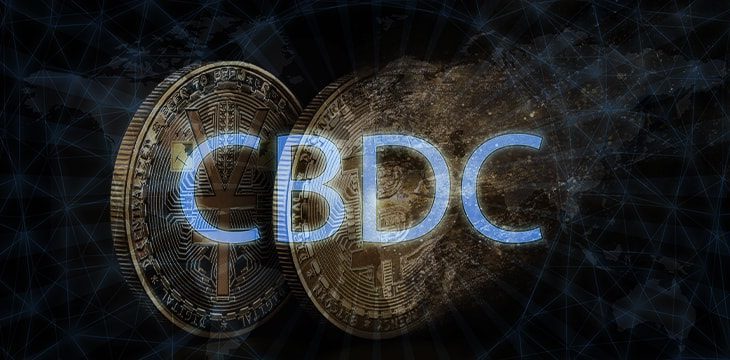RBI To Launch Digital Rupee CBDC (Central Bank Digital Currency)
A 2018 ban on cryptocurrencies, put in place by the RBI, completely halted the industry. Even though the RBI’s ban on crypto trading was revoked in March 2020, the Indian crypto community still operates under the assumption that the RBI will enact strict regulations at any time.
Our view changed entirely when we learned about CBDC (Central Bank Digital Currency) and discovered that central banks didn’t oppose digital currencies. The issue was cryptocurrency governance, and thus, risk.
Deputy Governor of the RBI, T Rabi Sankar, hinted that India could soon see its own digital currency, or CBDC, as reported on July 22, 2021.
Lowes Credit Card Login Account : Lowe’s Credit & Lease to Own Center
What is CBDC (Central Bank Digital Currency)?
Central Bank Digital Currency or CBDC is the digital currency issued by the Central Bank of the country and is backed by the government and national credit power. It is the sovereign money’s digital form, governed by the Central Bank’s monetary policies. This digital form of fiat currency uses a Blockchain-based token for its representation.
In simpler words, Central Bank Digital Currency is Central Bank’s electronic money that stores value and helps make seamless digital payments. It is very much different from the projects of cryptocurrency like Bitcoin, which are decentralized. CBDC is centralized, and the country’s monetary authority regulates it. While it is under consideration in several countries, no country has officially launched CBDC so far.

Let us understand the various categories of CBDC-
Wholesale Central Bank Digital Currency –
Wholesale CBDCs can be traded and exchanged between private and central banks. The use of CBDC can streamline the payments between these institutions, and at the same time, they help in faster cross-border transactions. This reduces the liquidity and counterparty credit risks. Wholesale CBDCs can help the existing wholesale financial system become safer, economical, and faster, making them the most attractive project.
Retail CBDC –
The digital money that the common man would use for their daily activities falls under retail CBDC. They are based on distributed ledger technologies like Blockchain. They will be available 24*7, 365 days a year, and interest rate application is feasible. Third-party involvement can be mitigated, and hence, chances of criminal activities can be eliminated.
American Express Login Account : Log In to My Account | American Express US
What are the advantages of Central Bank Digital Currency?
CBDC is an ideal option for enhancing the efficiency of the payment process. It is highly beneficial, especially for individuals with a limited income source, as they mostly rely on cash. Also, CBDC makes things easier for small firms who have to bear high charges as an exchange fee due to cash handling whenever they receive payments through credit or debit cards.
When the economic conditions are low, Central Bank Digital Currency will come to the rescue for facilitating individuals with fiscal stimulus. Households with a common source of income can deposit the funds directly into their account. It enhances their power of purchasing when the economic conditions are temporarily down.
Central Bank Digital Currency can be used extensively. Paper currency’s absence discourages money laundering, tax evasion, etc. that can be quickly done using paper currency. It is highly beneficial, especially for developed economies where economic activities occur on a large scale, and high cash use will lead to increased tax evasion cases.
What Is The Difference Between CBDC and Cryptocurrency?
CBDC is backed and issued by a country’s central bank, which in India’s case, is RBI. Whereas cryptocurrencies are decentralized and fall under no regulation!
CBDC is thus a legal and legitimate form of a virtual coin.
Be the first to comment